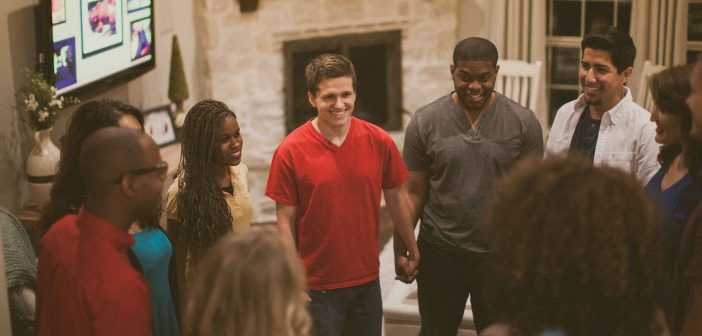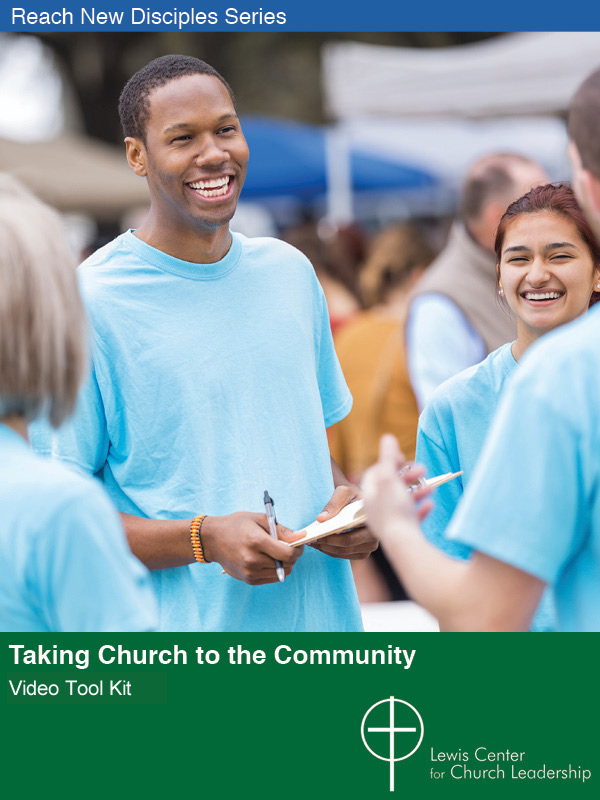Mark DeYmaz and Bob Whitesel maintain that congregations must become more inclusive communities that embrace oneness across race and class distinctions. They advise that churches examine their worship, leadership, language, resources, and planning to consider whether these five key areas of congregational life reflect openness and a true commitment to diversity.
Churches can no longer ignore the systemic segregation of the local church if they hope to present a credible witness of Christ-like love for all people in an increasingly diverse and cynical society. Rather, our churches must become inclusive communities of faith, encouraging and embracing oneness in Christ across race and class distinctions. In transitioning a church to living color, the following five areas must be considered.
Worship
Perhaps there is no better place to showcase a church’s heart and commitment to inclusion than in its weekly gathering. As one pastor said, “Each month we try to sing an even distribution of contemporary Christian music, gospel music, and urban praise.” Of course, doing this with excellence is easier with talented musicians and a motivated congregation, but I believe that every church can do something. This is especially true when you keep in mind that inclusive worship involves more than a song, a band, or musical style. Do you share the pulpit regularly with others of different ethnicities? How diverse are the Communion servers, scripture readers, or those who pray before the body? Who is entrusted with collecting the offering? These and more questions should be considered and addressed in seeking to promote a spirit of inclusion through worship.
Your church will likely look very different in the future, for better or worse. Therefore, it is prudent to plan not only for the present, but to position the church for the future.
Leadership
Sadly, the American church has had a poor record through the years of inclusive leadership. A young African American pastor put it this way: “They [white Christians] want you in their churches, but they won’t let you on their leadership committees.” Empowering diverse leaders, therefore, is essential to the establishment of an authentic church of living color. We’re not talking about token hires, or diversity for diversity’s sake. Rather, it’s about creating an inclusive team of diverse individuals who mutually and joyfully share responsibility for the direction and development of the church, from the pulpit to the nursery and at every stop in between. In so doing, a diverse leadership team, including both lay and paid leaders, will demonstrate what is not only expected in terms of cross-cultural relationships and partnership within the body, but what is possible.
Language
It should be both comfort and challenge to know that the very first church on earth faced and overcame obstacles in uniting diverse believers speaking different languages. (Acts 2:1-6) If they did it, so can we! That said, there is not necessarily a one-size-fits-all way to overcome the obstacles in providing effective ministry to people speaking two or more languages in one church. Indeed, there are intrinsic pros and cons to varying approaches. Some churches do not provide a service for a separate language but offer translation of their service via headsets. Others provide separate language services but must avoid becoming two churches under one roof in perception or reality. Still others facilitate two or more specific language venues simultaneously on Sunday mornings so that children and youth can be integrated in one program.
Resources
Authentic churches of living color provide for the fair use and allocation of resources, including facilities (space, time, and money), without partiality. According to Dr. John M. Perkins, such sharing of resources without strings attached fosters trust, cooperation, and competence across demographic lines. In addition, he suggests that racial reconciliation is best facilitated when those with accumulated means share with those who are less fortunate. The sharing of church resources based upon need and not extraneous factors such as history, convenience, or, for that matter, inconvenience, fosters a sense of physical and emotional inclusion: this church is not yours but ours. An inclusive church then ensures that each cultural group shares equally in the benefits of wealth accumulation despite specific attendance numbers or financial contributions coming from varying demographic groups.
Planning
Your church will likely look very different in the future, for better or worse. Therefore, it is prudent to plan not only for the present, but to position the church for the future. Failure to consider, to involve, or hire minority leaders today with the future in mind will likely lead to frustrated efforts in seeking to engage rapidly changing communities and urban complexities down the road. Inclusive leaders are students of change; and more than this, they are lifelong learners recognizing that cultures and communities continue to evolve. Fortunately for us, and more than at any other time in human history, the Internet allows good planners to chart current demographics and forecast future trends in a specific community. As part of present and future planning, include leaders who represent growing diversity in the community and not just those who reflect the current situation.
This article is adapted from re:MIX: Transitioning Your Church to Living Color (Abingdon Press, 2016) by Mark DeYmaz and Bob Whitesel and used by permission. The book is available at Cokesbury or Amazon.
Related Resources:
- Reaching More Diverse People by Lovett H. Weems, Jr.
- Church as an Uncommon Community by Henry G. Brinton
- Multicultural Fluency and the Discipline of Dialogue by Curtiss Paul DeYoung







